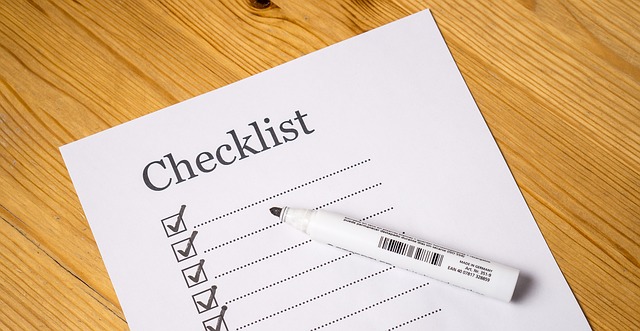
Leaving prison and confused about how to go about getting your new life on track? Yes, reentry can be an involved process, but the Federal Bureau of Prisons has an excellent resource to help you make it through.
The agency’s 40-page Reentering Your Community: A Handbook is downloadable for free from the internet. It is full of information about what to do even before you leave prison so that you will be well prepared to get back to life on the outside and be able to look for a job.
Three checklists give step-by-step actions that will smooth the way
Checklist #1 Things to do before your release. These include information on how to get:
- ID documents, including your birth certificate and social security card.
- Proof of your GED, if you have one.
- Your medical records.
Checklist #2 Things to do immediately after your return. These include:
- Creating an email address.
- Finding a way to access the Internet.
- Obtaining a photo ID.
- Signing up for health insurance.
Checklist #3 Things to do to rebuild. These include:
- Taking control of your finances.
- Finding programs and organizations that can help you.
- Considering whether to go back to school or enter a training program.
- Starting to look for a job.
- Rebuilding relationships with friends and family.
The handbook then goes into greater detail on many of the items listed on the checklists with instructions on things like how to open a bank account and understand a credit report; and managing child support payments and student debt, for those people who have them.
One section of the handbook focuses on major assistance programs like Goodwill Industries and the Salvation Army, as well as government income, food, housing and transportation assistance programs. Each program includes a description of what it offers, and links and phone numbers to find out more information and enroll in the programs.
Info on how to take care of health issues
Another important thing that those in reentry need to take care of is their health, and the handbook includes extensive information on how to do that, whether physical or mental health or a need for drug treatment. There’s information on how to find a public health center, a link to a Veterans Administration medical center directory and mental health and suicide prevention helplines.
You can find out how to build your skills through education and launch a job search. It gives advice on resumes and how to prepare for a job interview, as well as recommending the online and physical resources of Career OneStop (now known as American Job Center).
The handbook outlines various legal issues those leaving prison might encounter and organizations they can turn to for assistance. The final section offers tips about how to rebuild relationships with people you know and love, since they will be instrumental in helping you in your journey to reentry.

